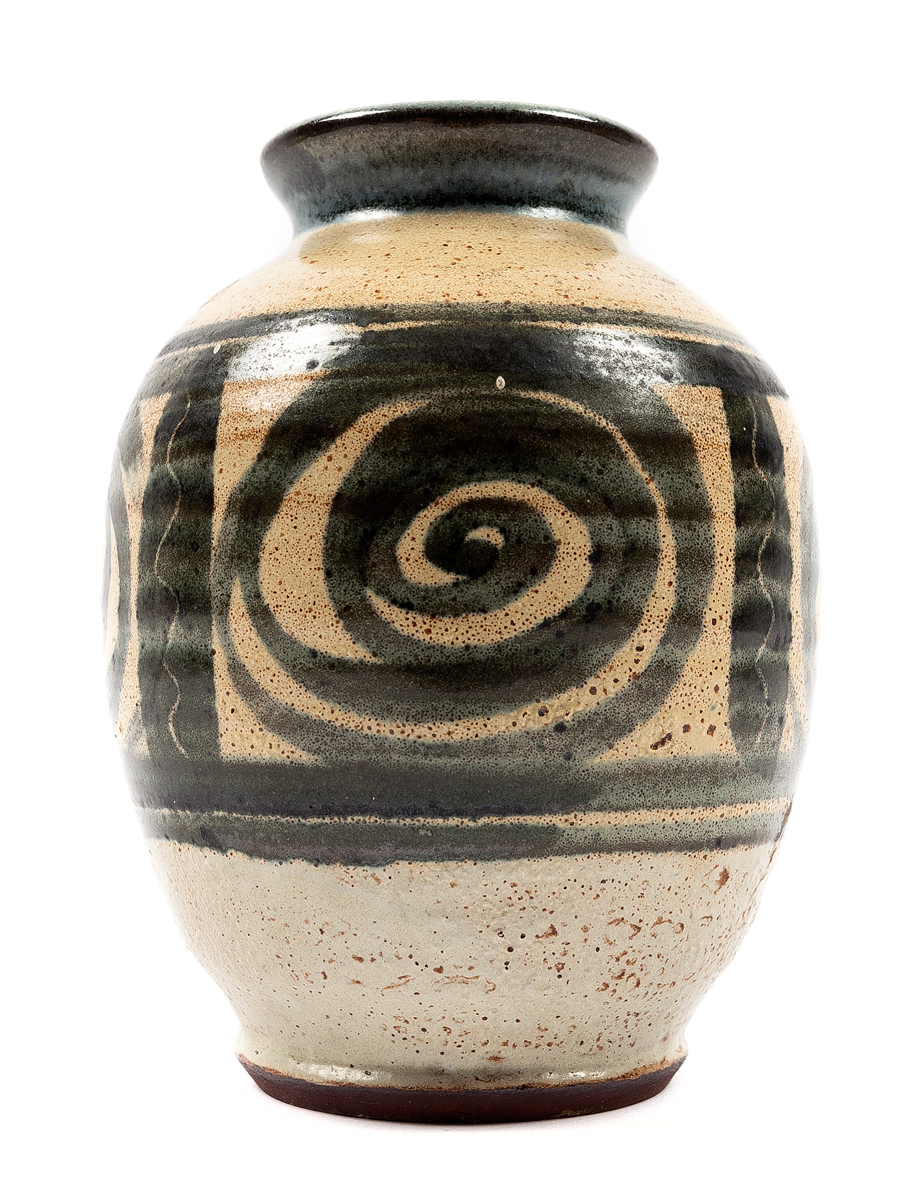Ceramics
The most striking thing about the ceramic artefacts held in the archives is that firstly they represent a vast timeline (13th – 21st Century) and secondly that it is made up of a wide range of objects. The collection demonstrates the mediums’ capacity to be applied to forms of functionality and fine art and reflects GSA’s staff and student’s capabilities to harness the medium with tenacity and depth.
The earliest ceramics in the collection are mostly shards of pottery from ancient Persia, China, Scotland and were not made at GSA. They are from a set of Teaching Aids[1] that were used for drawing classes, mostly, and were available to all students across the school as inspiration for their practice.
In 1893 Director Francis Newbury established GSA’s Technical Art Studios. Ceramics was one of its first subjects. The initiative taught technical and design skills and hoped to encourage its students to set-up their own businesses and workshops[2]. The course married Glasgow’s ceramic manufacturing industry with its emerging arts and crafts movement. Many small businesses were set up by women graduates hand-painting bespoke patterns on blank chinaware.
Painter and illustrator Jessie Marion King was appointed tutor in Ceramic Decoration in 1906. She didn’t hold the position for long, but she continued painting ceramics from her new home in Kirkcudbright; her ‘backstamp’ included the initials JMK, a depiction of her cottage gate and the stone rabbit that lived in her garden[3]. King’s painterly style often involved bright florals and lively figurative narratives on cobalt blue backgrounds.
Ann Macbeth was known for her exquisite embroidery and a published manual on Educational Needlework. As a suffragette, her care and commitment to equality is revealed through several initiatives she led. Her pottery teaching led to ceramic painting entering the school’s curriculum and it was also taken up as paid work by WW1 veterans. Her approach to painting tea sets with bright iridescent lustres on translucent chinaware mimics her needlepoint approach to embroidering textiles[4].
Bob Stewart, maverick and polymath, Head of Printed Textiles and later Deputy Director at GSA, is well represented through ceramics in the GSA collection with his screen-printed enamel graphics on Govancroft storage jars[5]. Printed designs applied to ceramics is a textbook example of cross-disciplinary practice, something Stewart championed; In 1969 he initiated an open-door policy across departments at GSA to allow students to try other mediums and encourage a ‘mobility of ideas’[6]. He was the instigator of GSA’s Activities Week, an excuse to invite significant speakers to GSA (e.g., Eduardo Paolozzi, David Hockney), run extra-curricular projects, and famously roast a hog in the Ceramic Department’s kiln. Over time, Stewart’s interest in ceramics deepened, and his practice developed to design, make, and oversee the installation of public ceramic murals across Scotland. A ceramic maquette, similar to the mural designed for Douglas Academy, Bearsden, (now in Dunoon Burgh Hall) depicting a seagull passing in front of the sun, can be seen in the collection[7].
Alex Leckie, Head of Ceramics (1968 – ‘88), embraced Stewart’s open-door approach and evolved a department that welcomed guests and encouraged explorations and collaborations. He is credited with taking a “moribund ceramics department by the scruff of the neck, completely transforming it”[8]. Leckie’s appointment marks an important shift in learning and teaching ceramics at GSA. He focussed less on preparing designers for industry, instead aligning to Britain’s thriving studio pottery movement. But Leckie was no Anglo-Oriental purist in the Leach mode. His own work was often anthropomorphic, working with a subdued palette of natural tones, hand built or wheel-thrown, always with added embellishments[9].
Bill Brown, Ceramics’ last Head of Department, was a maker and teacher whose aptitude and knowledge allowed him to work across the breadth of the medium. His early career focussed on throwing, but he soon developed a keen interest in industrial plaster techniques and screening printing as vehicles to make objects imbued with pathos and humour. His Robert Burns decorative plate[10] depicts Burns reappearing from Brow Well[11] with the words “I Think I’m Feeling Better”.
Bill’s teaching and practice was hugely influential to students and staff at GSA (not least my own). His work embodies industrial production and studio practice, and he encouraged students to develop their own voice through the medium, ensuring a tremendous mobility of ideas across the art school and beyond.
This collection of ceramics gives us a glimpse of approaches to the medium that have taken place at GSA. Although ceramics is no longer taught as a discipline at the school students still find their way to the material as a malleable way to manifest their concerns. Let me finish with words uttered by Bill on the closure of the department in 2011:
I don’t believe that humans spent millions of years evolving opposable thumbs just to text message! [12]
- [1] Reference: GSAA/ISE/4/1 (1 of 3), 'Lending Museum Scheme Inventory', c1914-1918
- [2] Reference: Frist Art Museum, accessed 21st June 2023
- [3] Reference: NMC/0639, 'Earthenware salt pot', c1930s
- [4] Reference: NMC/0233J, 'Cup from tea service', c1915
- [5] Reference: NMC/1820B, 'Storage jar - coffee', 1970s
- [6] Reference: Liz Arthur (2003), 'Robert Stewart Design 1946-95' (A&C Black London, pp. 2)
- [7] Reference: NMC/0744, 'Ceramic panel', 1966
- [8] Reference: Jimmie Macgregor, Obituary: Alex Leckie (The Scotsman, 12 February 2010)
- [9] Reference: NMC/1715, 'Planter with stand', c1950s-1970s
- [10] Reference: NMC/0514 , 'Robert Burns decorative plate', 1996
- [11] Reference: Brow Well in Dumfries & Galloway was known for its healing properties in the 1700s. Burns visited here ‘to take the waters’ just before his early demise
- [12] Reference: Marianne Brown, Obituary: Bill Brown, "the last 'real' expert" still teaching ceramics in Scotland (The Herald, 3rd March 2020)

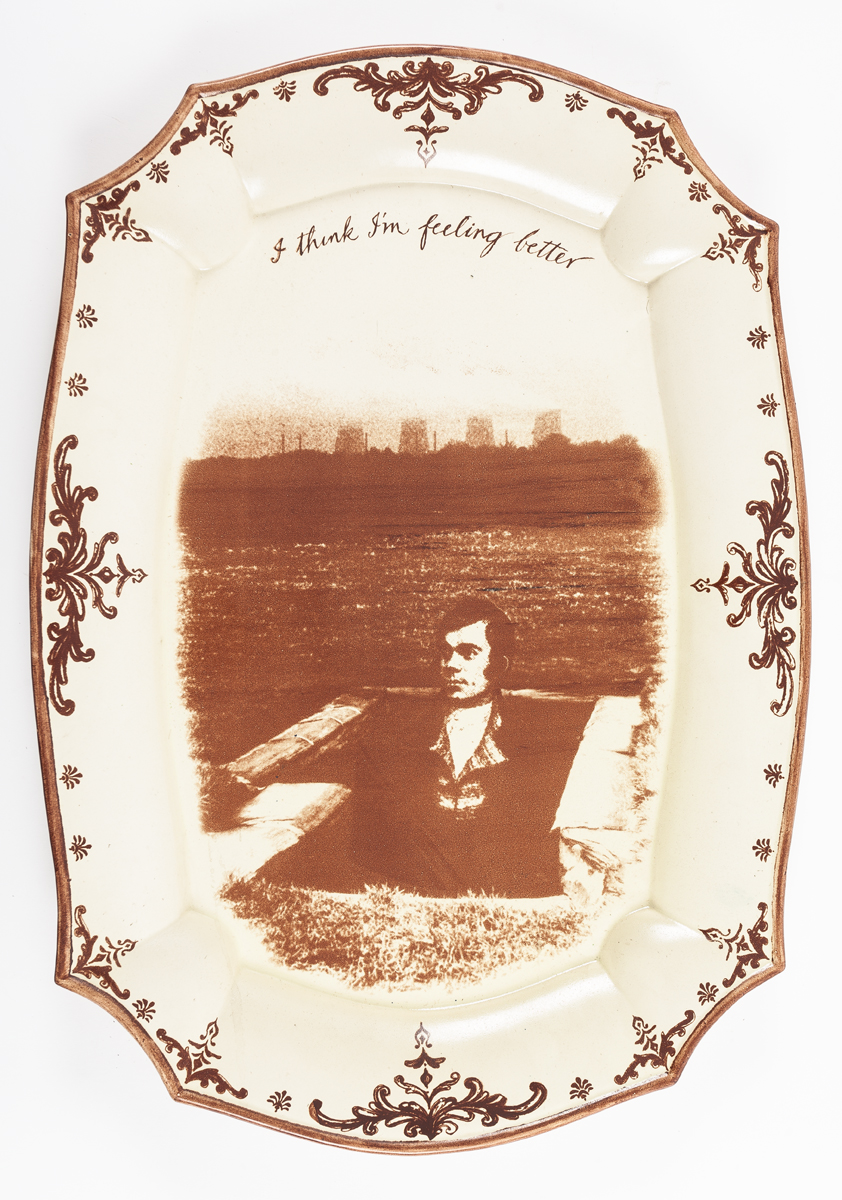
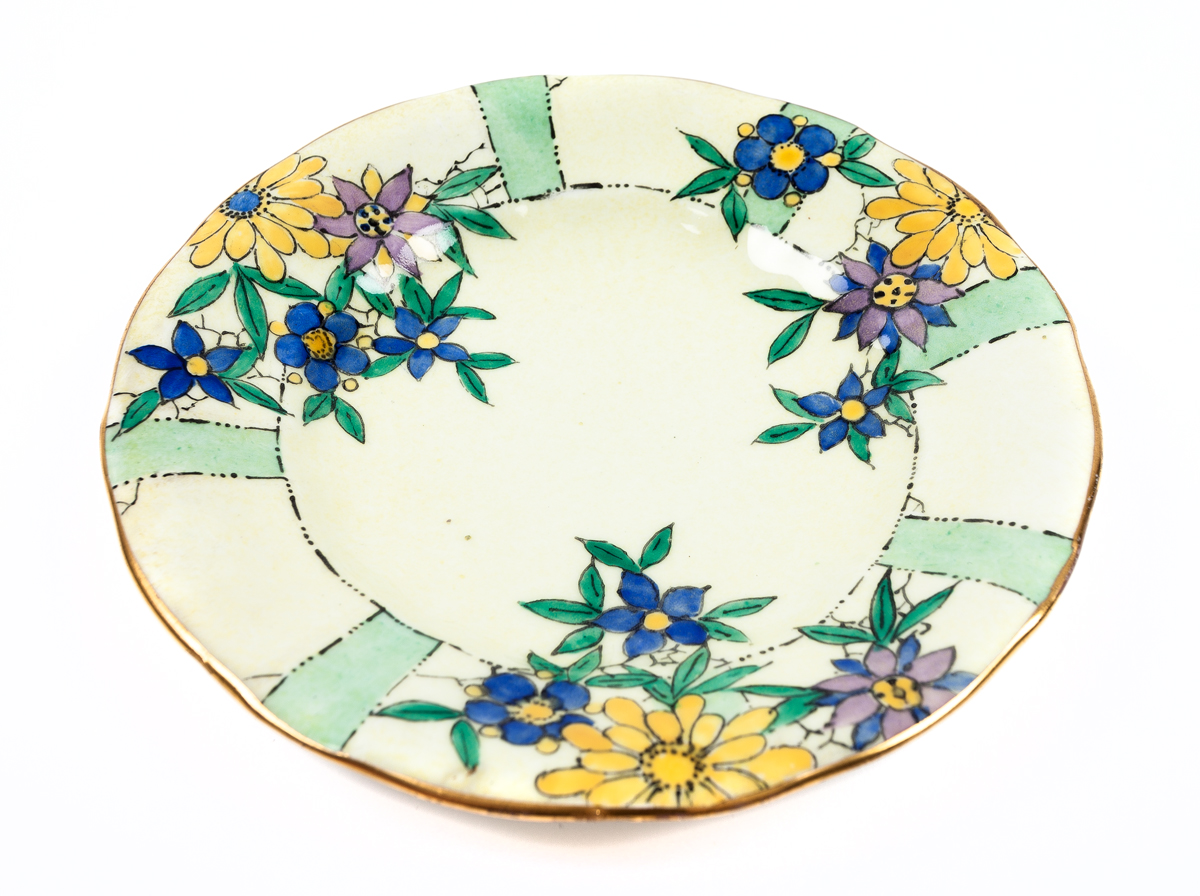

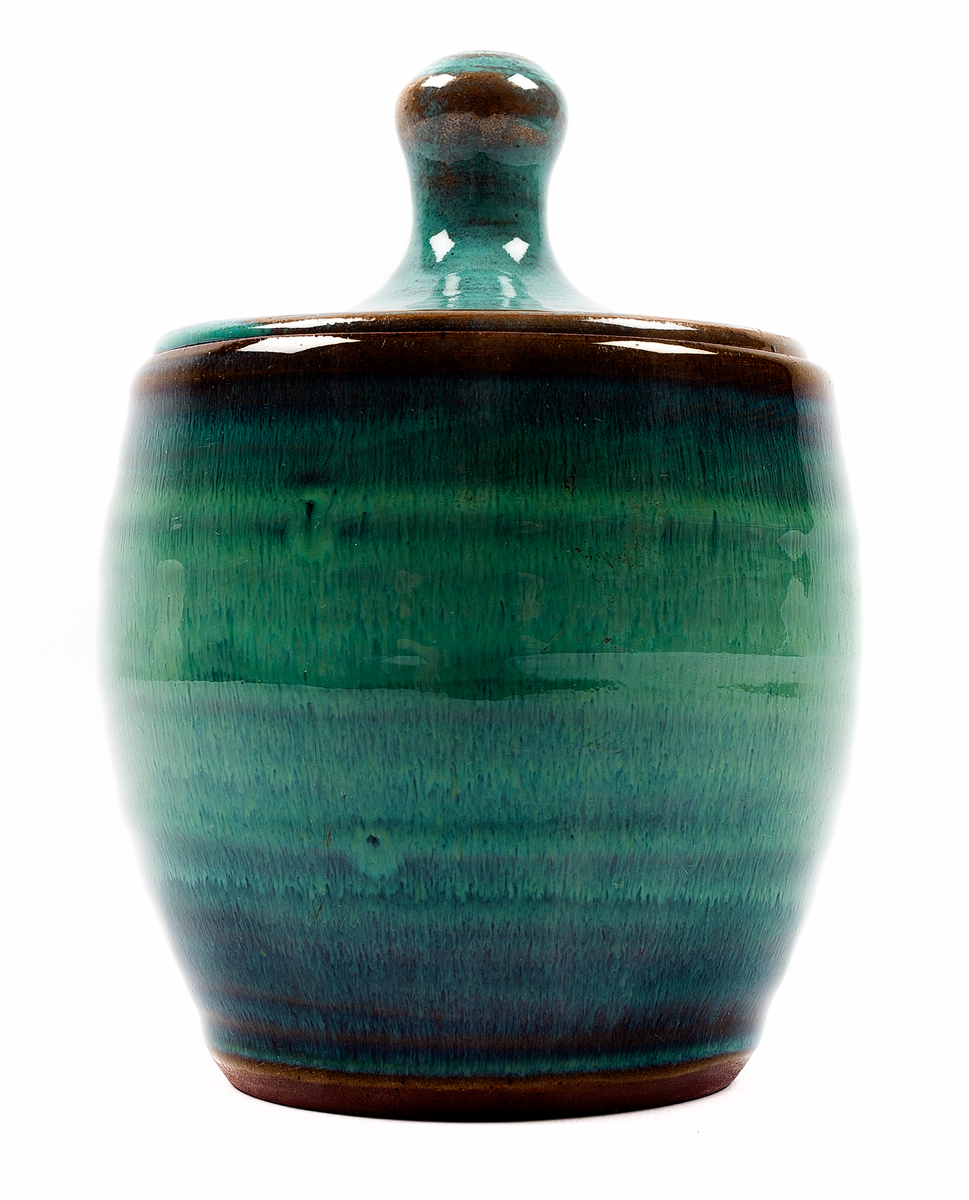

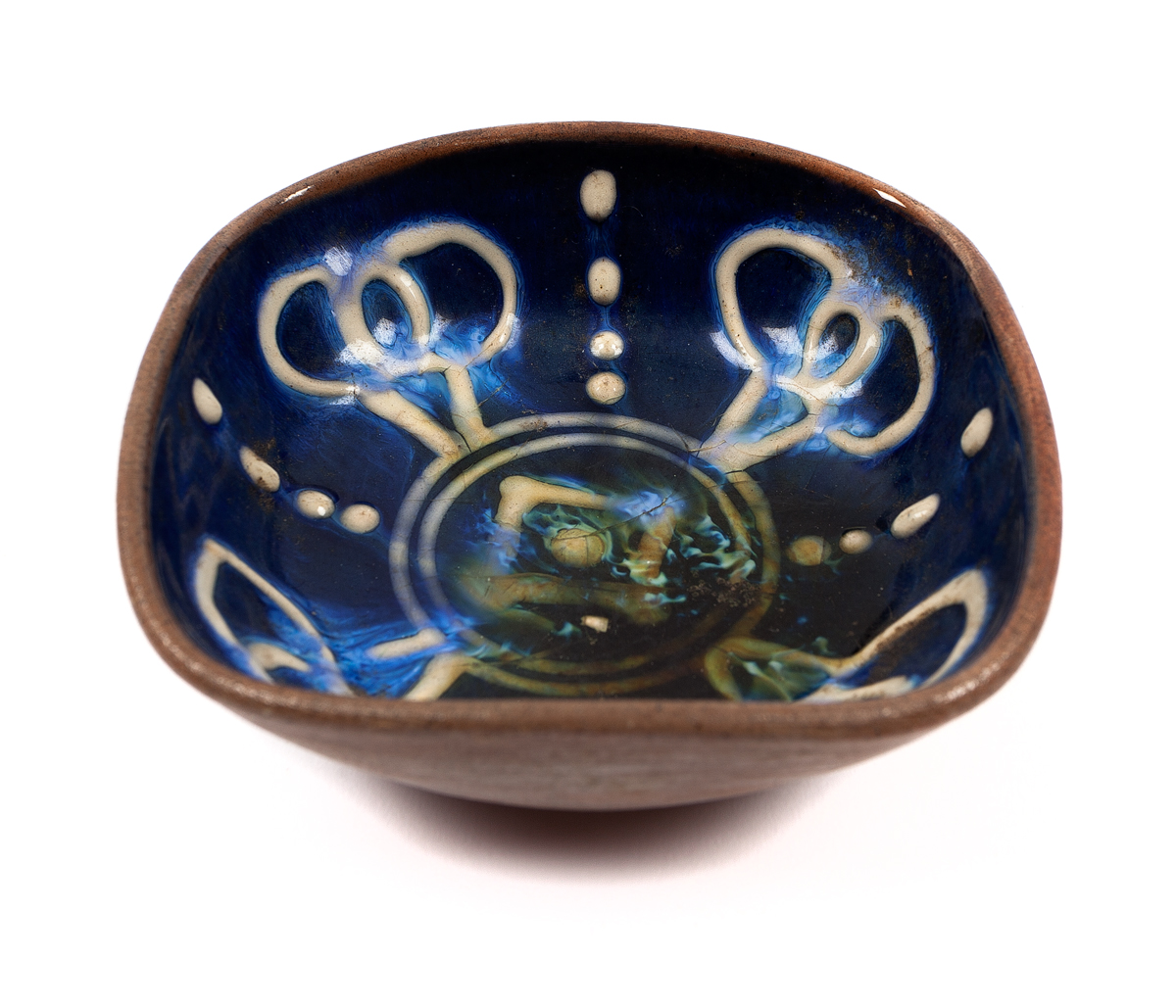
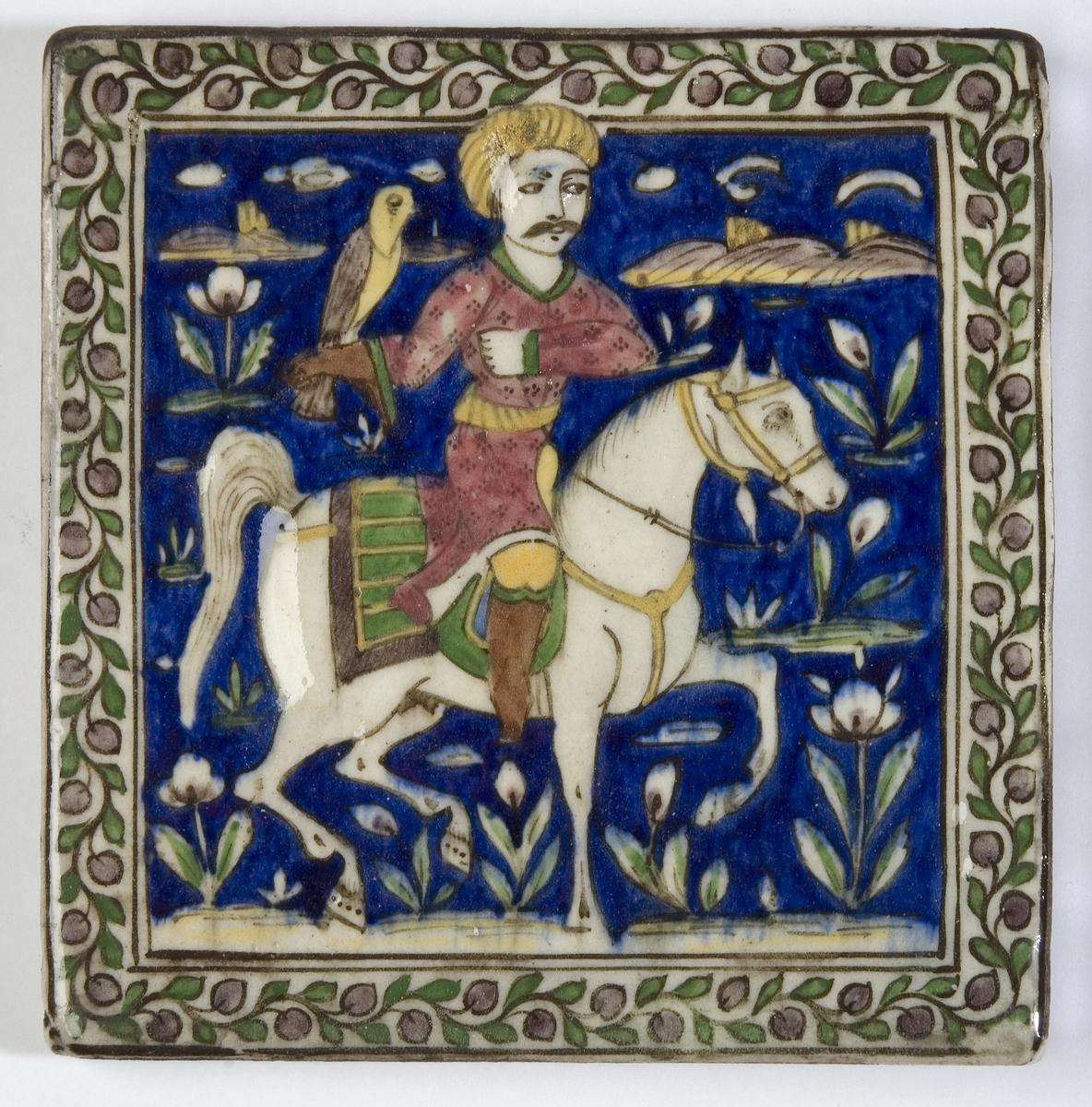
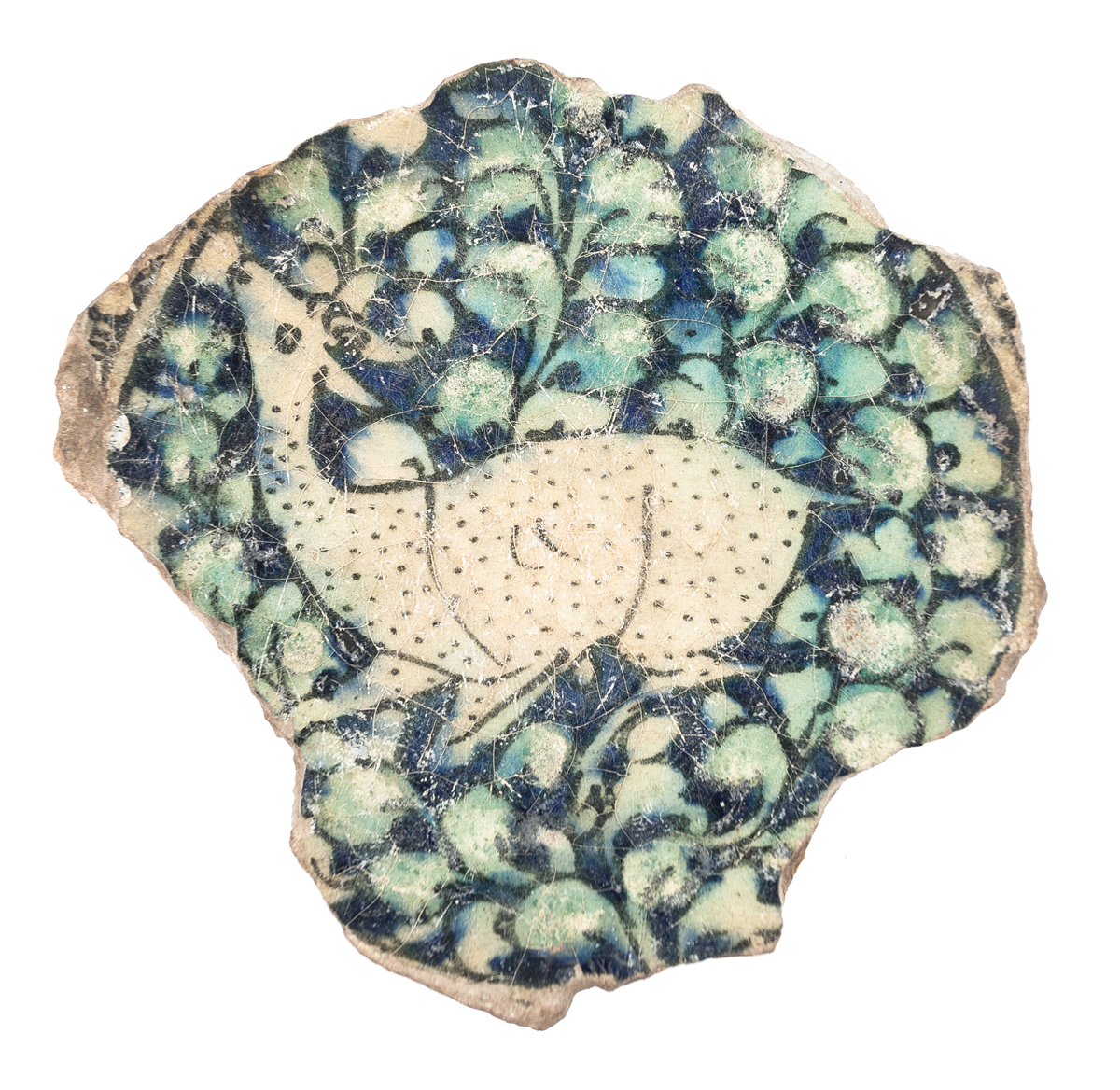


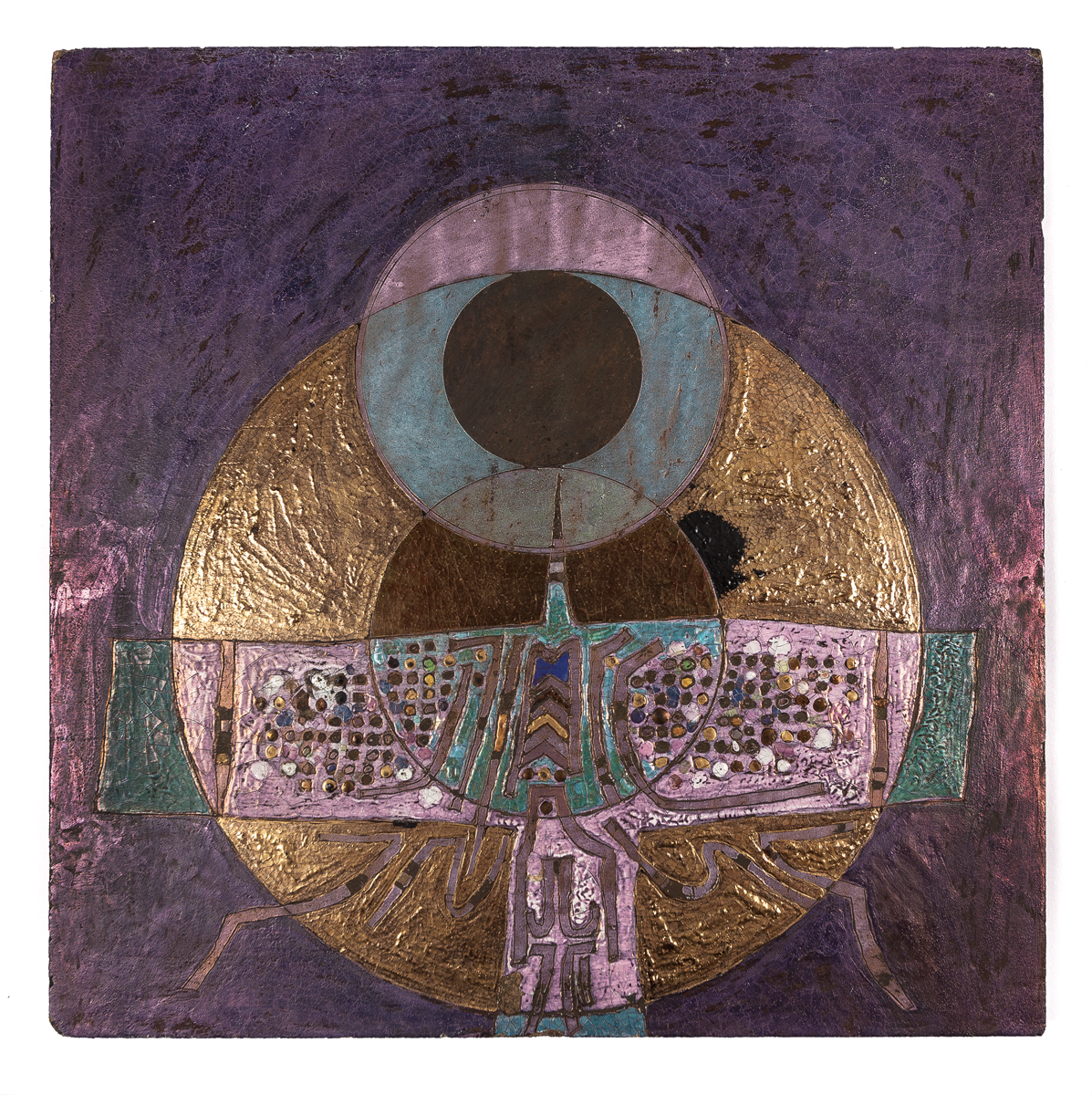
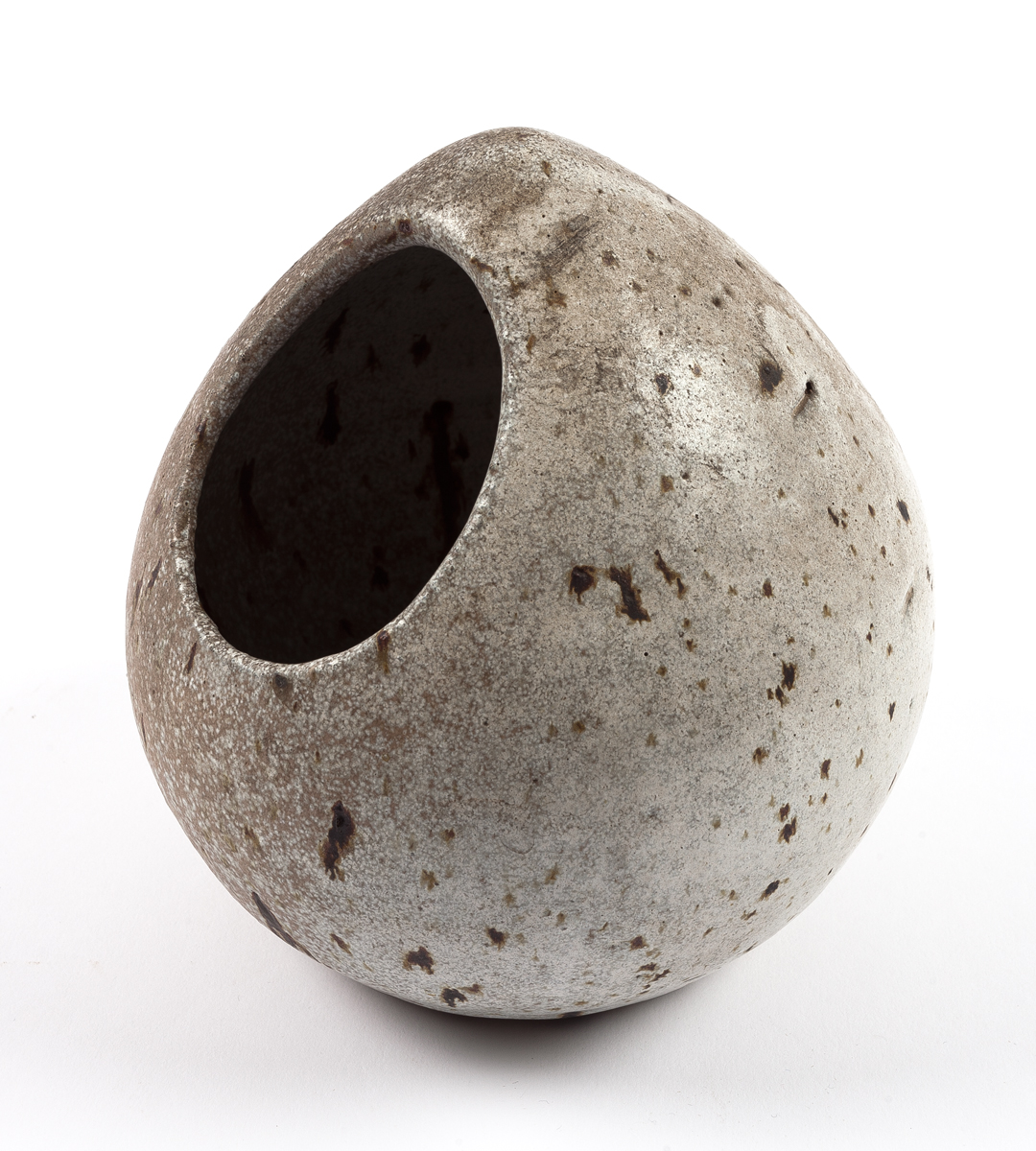
![Large blue ornamental vase with lid · [19th century]](/catalogue/uploads/r/the-glasgow-school-of-art-archives-and-collections/2/9/8/298192fc02b1f36aa44aec22996ab686dc716349e0aca490743304e619098a29/NMC_1717_v0003.jpg)
